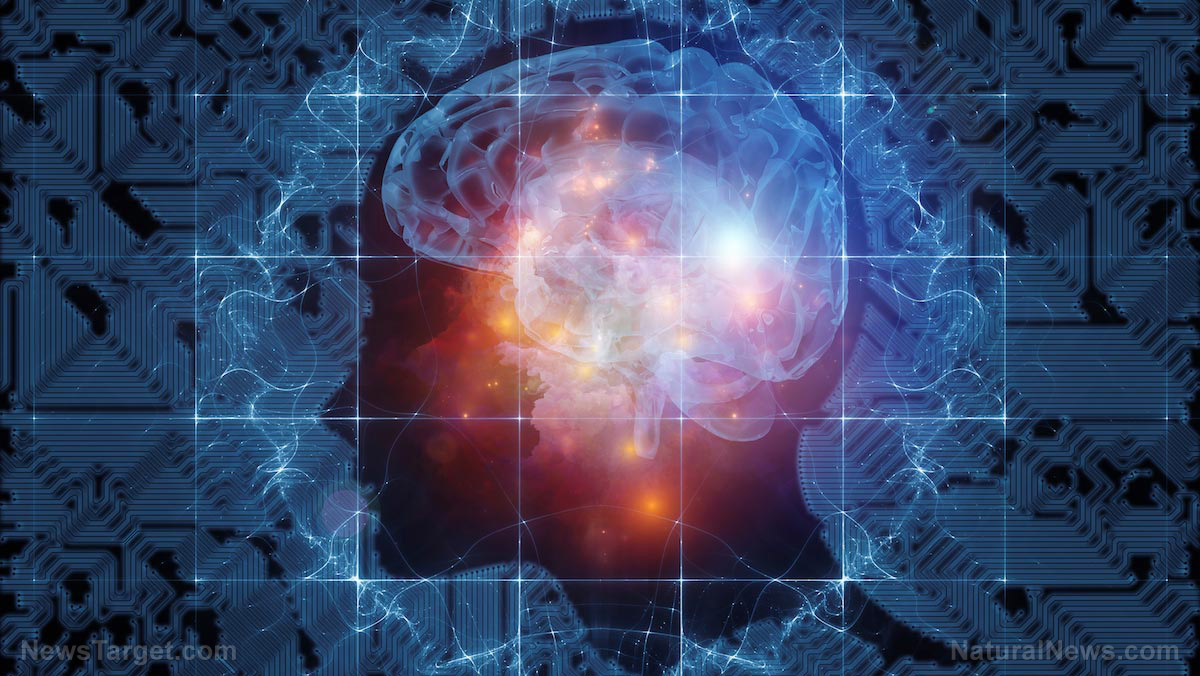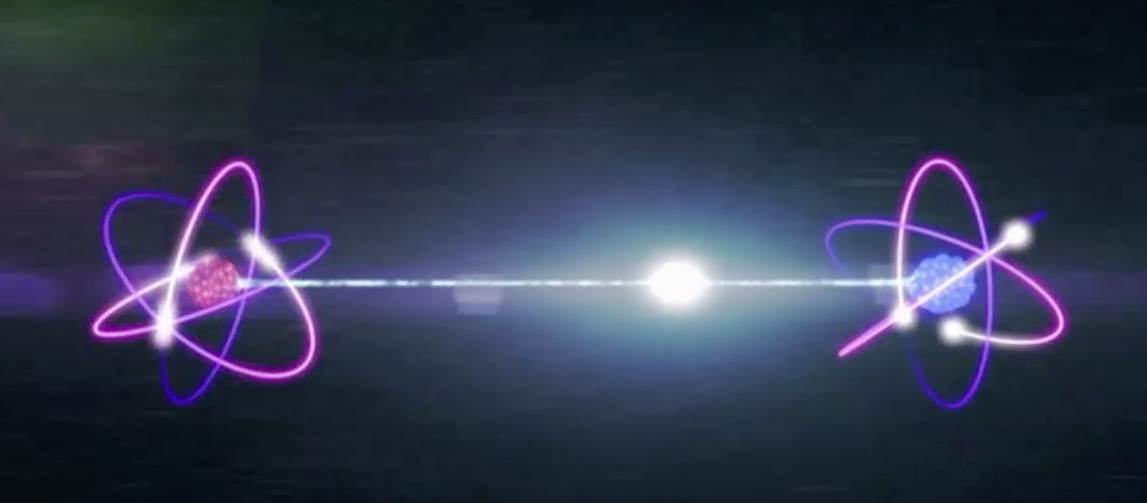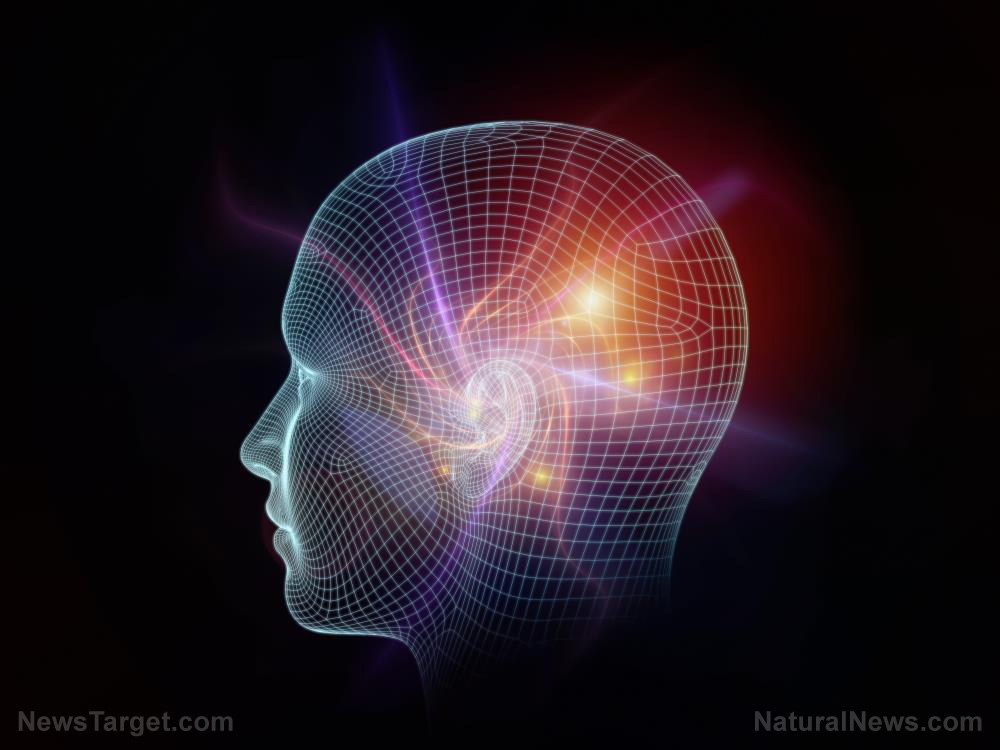Can your inbuilt “compass” respond to changes in Earth’s magnetic field?
08/13/2019 / By Edsel Cook

A team of Japanese and American researchers reported that some humans share the natural ability of animals to detect magnetic fields. Thanks to their internal compass that senses the north magnetic pole, these individuals may have a superior sense of direction compared with other people.
Homing pigeons, turtles, and warthogs are just some examples of animals that sense the slightest shifts in the Earth’s magnetic fields. They use this magnetism-based ability to find their way during migration and other long journeys that cover thousands of miles.
In contrast, most humans do not notice the numerous geomagnetic influences that they come across during their everyday lives. The first possibility is that human ancestors possessed a magnetism-based sense that their distant descendants lost over time. The second is that modern-day humans do retain the sense but remain unaware of its existence.
If the magneto-sensor system remains active, it may produce brain activity that shows on electroencephalography (EEG) scans. (Related: 4 skills every prepper should have to master the “language of nature”.)
Some humans can detect magnetic fields and navigate using the magnetic north
Researchers from the California Institute of Technology (Caltech) and the University of Tokyo reported that some humans do sense the magnetic fields of the Earth. These people know how to determine the direction of the magnetic north pole.
In their experiment, the researchers exposed the participants to magnetic fields of different strengths and frequencies. Afterward, they used an EEG machine to scan the brains of the participants.
They noticed that the brain waves of several volunteers changed after encountering the magnetic fields. It seemed that those participants sensed the magnetic stimuli. Furthermore, their brains tackled the sensory data in much the same way that they handled stimuli from other conventional senses like sight and hearing.
The researchers also reported that alpha wave levels in the brains of the participants dropped after exposure to a magnetic field that matched the properties of the magnetic north pole.
The brain produced alpha waves when it was in a relaxed state. Once it started getting data from the sensors, the alpha brainwave levels went down as the brain increased activity.
“Our results indicate that human brains are indeed collecting and selectively processing directional input from magnetic field receptors,” the researchers explained. “These data argue strongly for the presence of geomagnetic transduction in humans, similar to those in numerous migratory and homing animals.”
The human magnetic compass has atrophied over time
Published in the science journal eNeuro, the current study brought up linguistic clues that humans could tell the direction of the magnetic north pole through their senses.
In many languages, people do not describe directions to a place with terms like ahead, behind, left, and right. Instead, they use the cardinal points of the compass – north, south, east, and west.
The linguistic preference stood out in the languages of nomadic hunter-gatherers who relied heavily on navigational skills. Several experts on the subject attributed this to an internal magnetic compass.
“Given the known presence of highly-evolved geomagnetic navigation systems in species across the animal kingdom, it is perhaps not surprising that we might retain at least some functioning neural components, especially given the nomadic hunter/gatherer lifestyle of our not-too-distant ancestors,” remarked the study authors.
The researchers also surmised that most humans have weak magneto-sensors. Since they don’t use it, the sense has simply not developed.
Furthermore, modern civilization will hamper the ability to sense magnetic fields. Headphones and other electronic devices have permanent magnets with magnetic fields that dwarf that of the magnetic north pole. Instead, the magnetic sense may work best in uncluttered areas like the sea or in the air.
Sources include:
Tagged Under: brain function, compass, cool science, internal compass, magnetic fields, magnetic north, magnetism, navigation, North Pole, weird science
RECENT NEWS & ARTICLES
COPYRIGHT © 2017 REAL SCIENCE NEWS



















